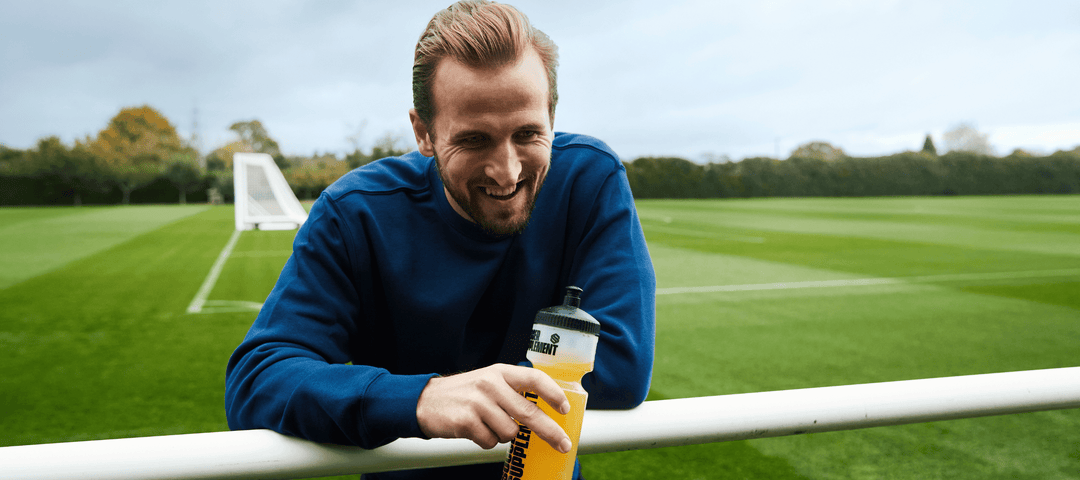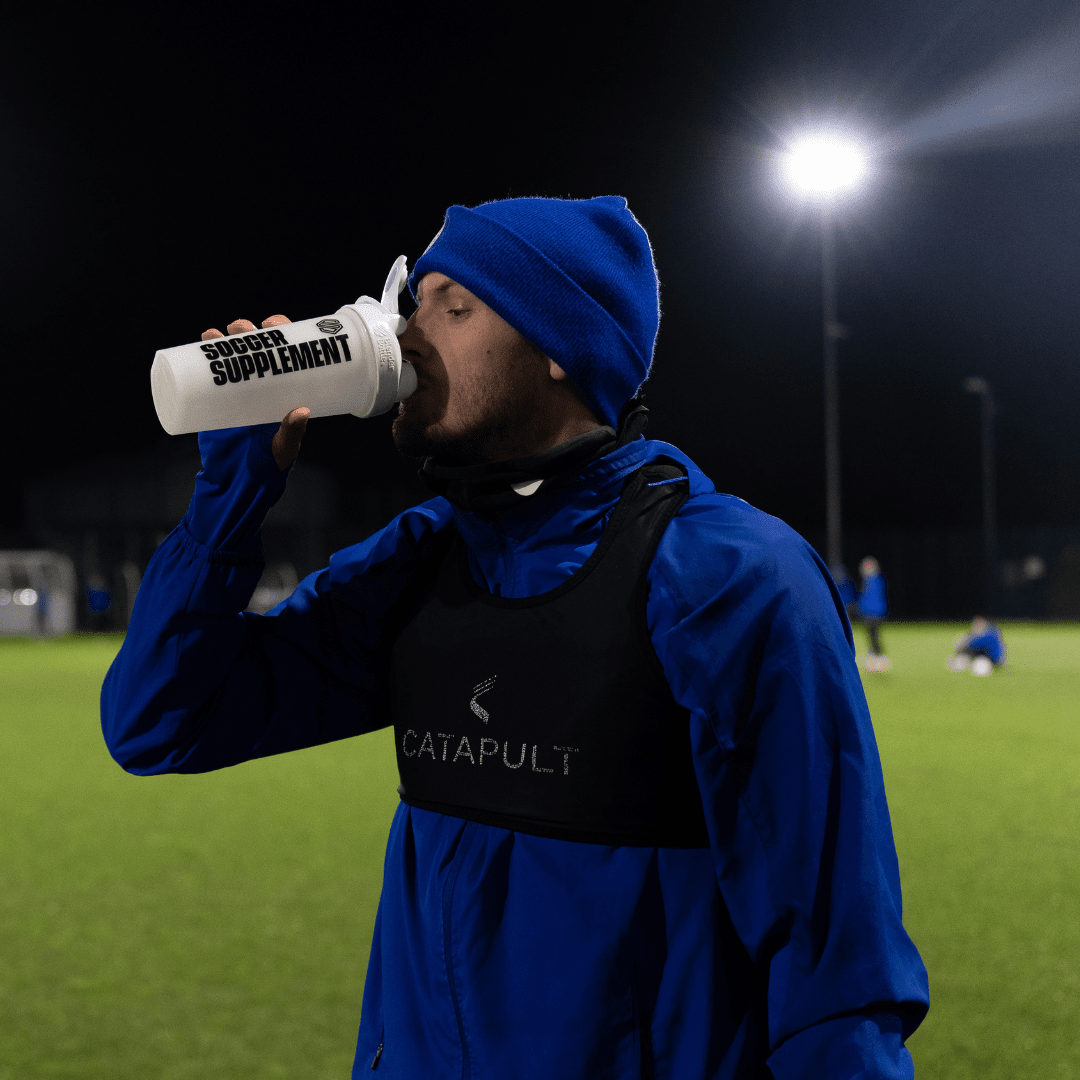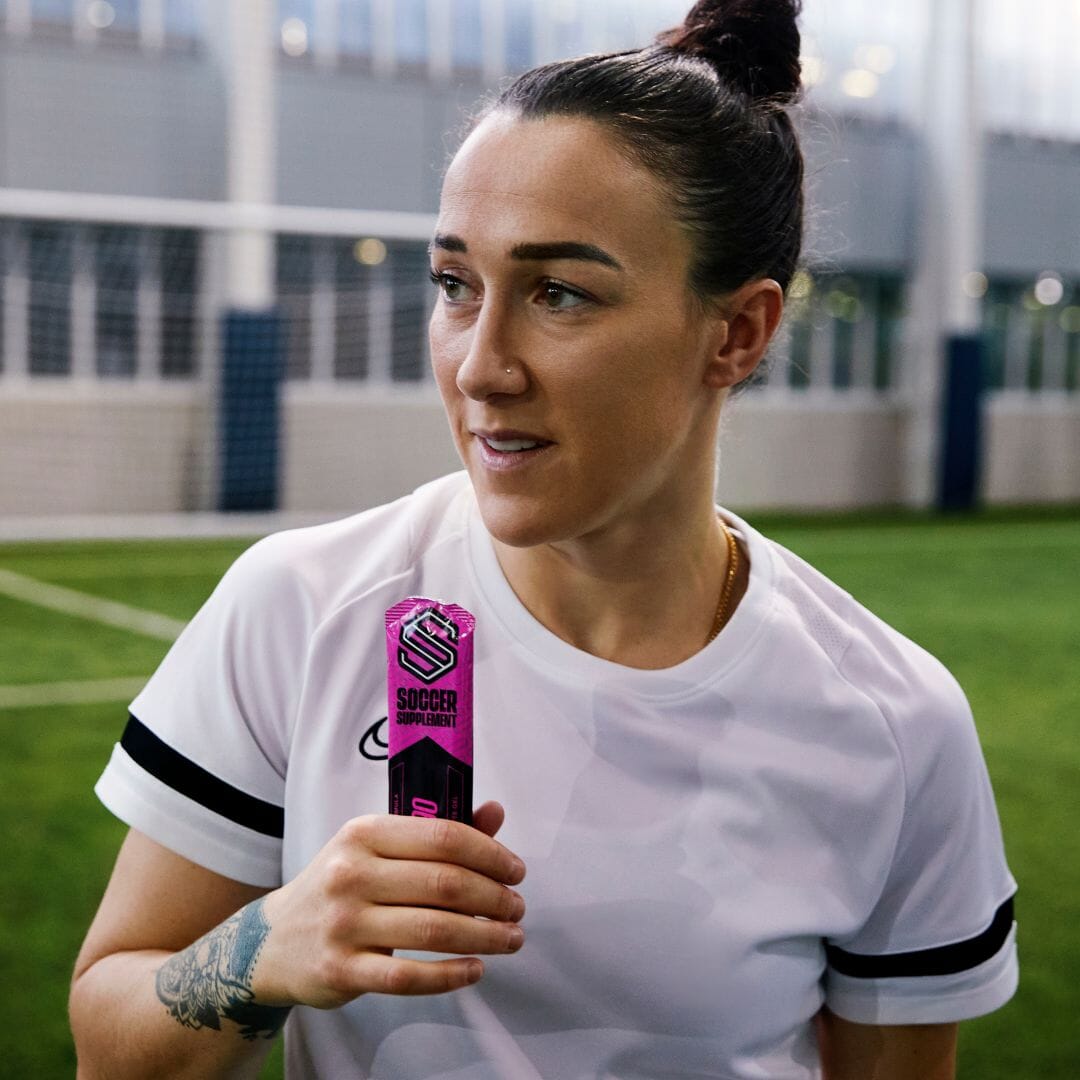Following on from the previous article, “Return to Play: A Physical Performance Overview”, where I provided an overview on my approach to end-stage rehabilitation, this current article will discuss the “Profiling” component in more detail.
What is profiling?
Profiling is the objective and subjective process of determining an athlete’s physical profile in the areas of strength, speed, power and endurance. Profiling in my current role within rehabilitation allows me to assess the athlete’s physical performance that is directly associated to their injury (e.g. isokinetic knee assessment for an anterior cruciate ligament (ACL) injury). However, I would be doing the athlete a disservice by just profiling their injury and not completing other tests such as speed, power and endurance to provide a full physical profile, should their injury allow. There are two reasons for this; firstly, additional assessments may provide some explanation as to why the injury occurred. For example, high landing forces identified during a unilateral countermovement jump test could be an explanation for an ACL injury (Boden et al. 2000). Secondly, I also have the responsibility of improving physical performance on the pitch and if I can identify a physical weakness (e.g. lower body strength) not related to the injury (e.g. shoulder dislocation), then it’s my responsibility to educate and program exercises to improve the athlete.
Data driven decision making
Data alone shouldn’t be the only tool a practitioner uses for program design, but it can be a useful one if used correctly. The output from profiling tests is typically raw data and can provide little context. For example, Player A and B are both 7 months post ACL injury and undertake an isokinetic knee assessment. Player A produces a peak torque of 250Nm for concentric quadriceps and player B produces 200Nm. Raw data suggests player A is stronger and maybe closer to return to play, however, player A has a body mass of 80Kg and Player B a body mass of 65Kg. When expressing peak torque relative to body mass, both players score ~3 x body weight and suggests their rehabilitation stage is the same. It’s imperative that strength and power scores are normalised to body mass.
An additional strategy to provide context to data and aid decision making would be to have benchmarks for each test. Kevin Paxton, a key mentor of mine, was exceptional at developing this simple strategy and one I’ve taken onto my current role. The strategy is to have test scores ranked on a five-point scale from very poor to excellent based on historical data. These benchmarks provide reference points to identify and athlete’s strengths and weaknesses, help set objective targets and provides direction for program design. At present, I’m working on a benchmark strategy to compare athlete’s data to stage of rehab and also elite level non-injured scores, which I will discuss further in the final section
Don’t return athletes to their pre-injured state
Returning an athlete to a profile score they achieved pre-injury maybe putting them in a vulnerable state to be re-injured. This won’t necessarily be the case for contact injuries, however if we take an ACL injury occurring from a non-contact mechanism such as a single-leg land, if the injured limb had excessively high peak landing forces pre-injury, then this data shouldn’t be the target during rehabilitation. In an ideal situation the target would be to achieve the “good” and “excellent” bandings of elite non-injured athletes, in addition to published literature objectifying the physical demands of the game.
To conclude, practitioners working within rehabilitation should look to complete a full physical profile as it may yield information to help diagnose the reason behind the injury. Not only this but we have the responsibility to improve physical performance on the pitch and should profile all characteristics to identify strengths and weakness and aid program design. The data obtained from profiling has to have context, whether that be comparing to reference values regarding the game’s physical demands produced in the literature or developing your own benchmarks.
References
Boden BP, Dean SG, Feagin JA, Garrett WE (2000) Mechanisms of anterior cruciate ligament injury. Orthopaedics 23(6):573-578.







